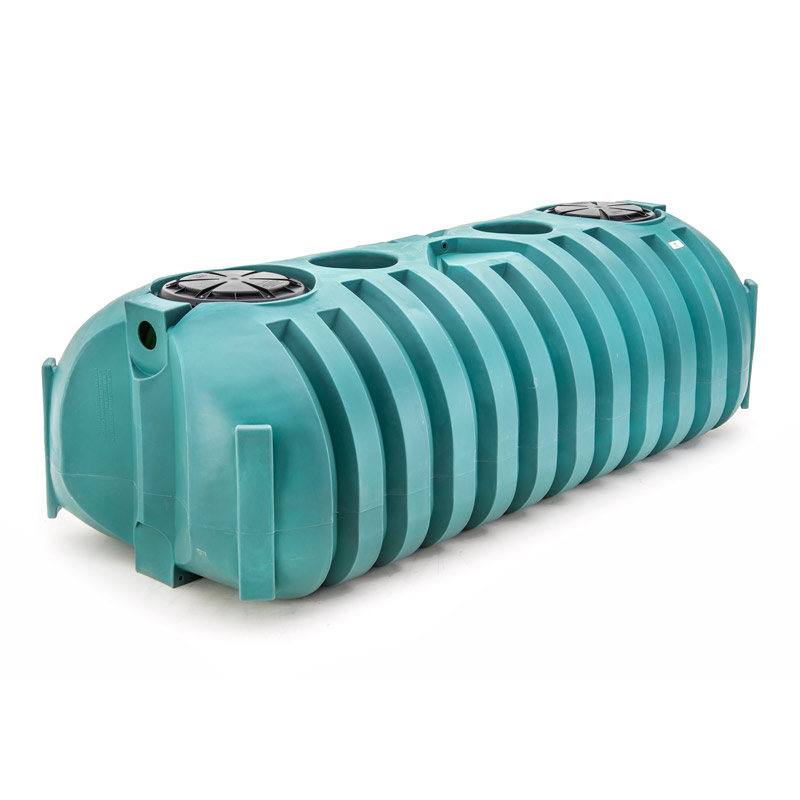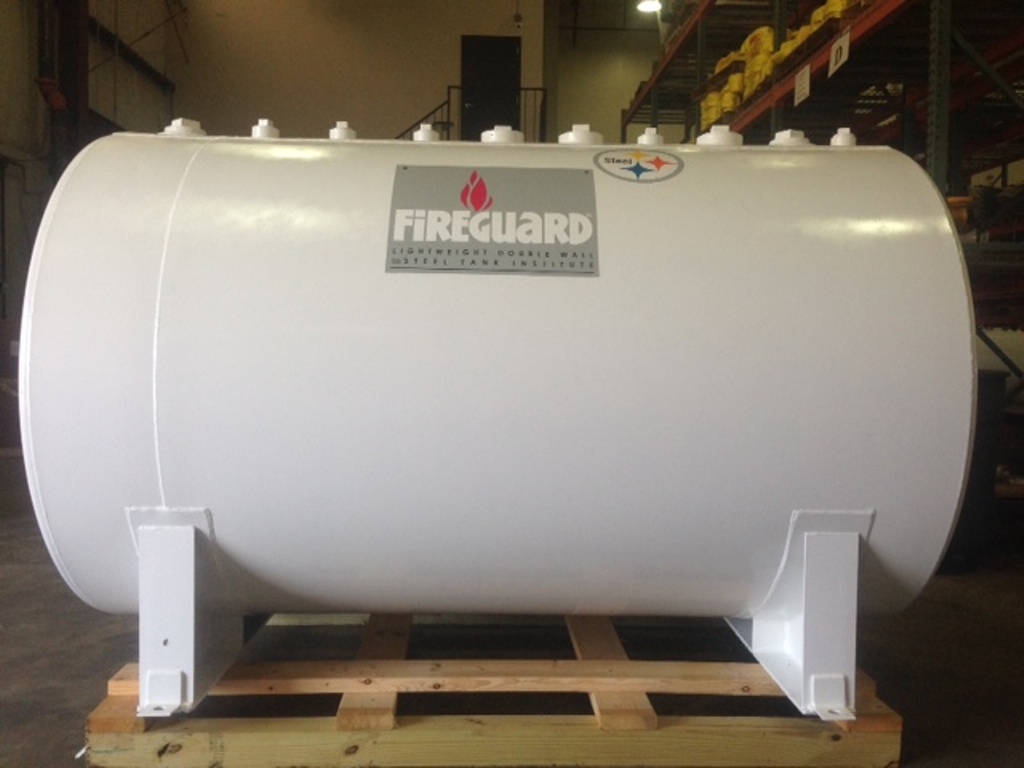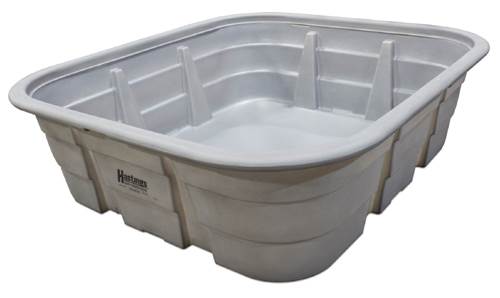Norwesco & Snyder Industries are well-known manufacturers of polyethylene septic tanks, and they offer both single-compartment and double-compartment septic tanks. Here’s a description of both types:
- Single-Compartment Septic Tanks:
- Single-compartment septic tanks from Norwesco are designed with one primary chamber for wastewater treatment and storage.
- Wastewater from homes or buildings enters the tank and undergoes primary treatment. In this single chamber, solid waste settles to the bottom, forming sludge, while the liquid effluent remains in the tank.
- These tanks are relatively simple in design and are typically more compact than double-compartment tanks.
- Regular maintenance and pumping are necessary to remove accumulated sludge and scum, ensuring the efficient operation of the system.
- Double-Compartment Septic Tanks:
- Double-compartment septic tanks feature two separate chambers within a single tank.
- In a double-compartment tank, wastewater first enters the primary chamber. Solids settle to the bottom and begin to decompose, forming sludge, while the liquid effluent flows into the second chamber.
- The second chamber provides additional treatment by allowing any remaining solids to settle and decompose further. This results in cleaner effluent before it is discharged into the drain field.
- Double-compartment septic tanks are typically larger than single-compartment tanks due to the presence of two chambers.
- The design of these tanks often requires less frequent pumping and maintenance compared to single-compartment tanks because of the improved solids separation.
Both single-compartment and double-compartment septic tanks from Norwesco and Snyder are made from durable, high-density polyethylene, which is resistant to corrosion and has a long service life. These tanks are designed to meet industry standards and local regulations for septic systems.
The choice between a single-compartment and a double-compartment septic tank depends on factors such as local regulations, the size of your property, the number of occupants in your household, and the level of treatment required. Double-compartment tanks are generally preferred for their enhanced treatment capacity, while single-compartment tanks are suitable for simpler applications and smaller properties. It’s important to consult with a septic system professional and check local regulations to determine the most appropriate tank for your specific needs.




Leave a Reply